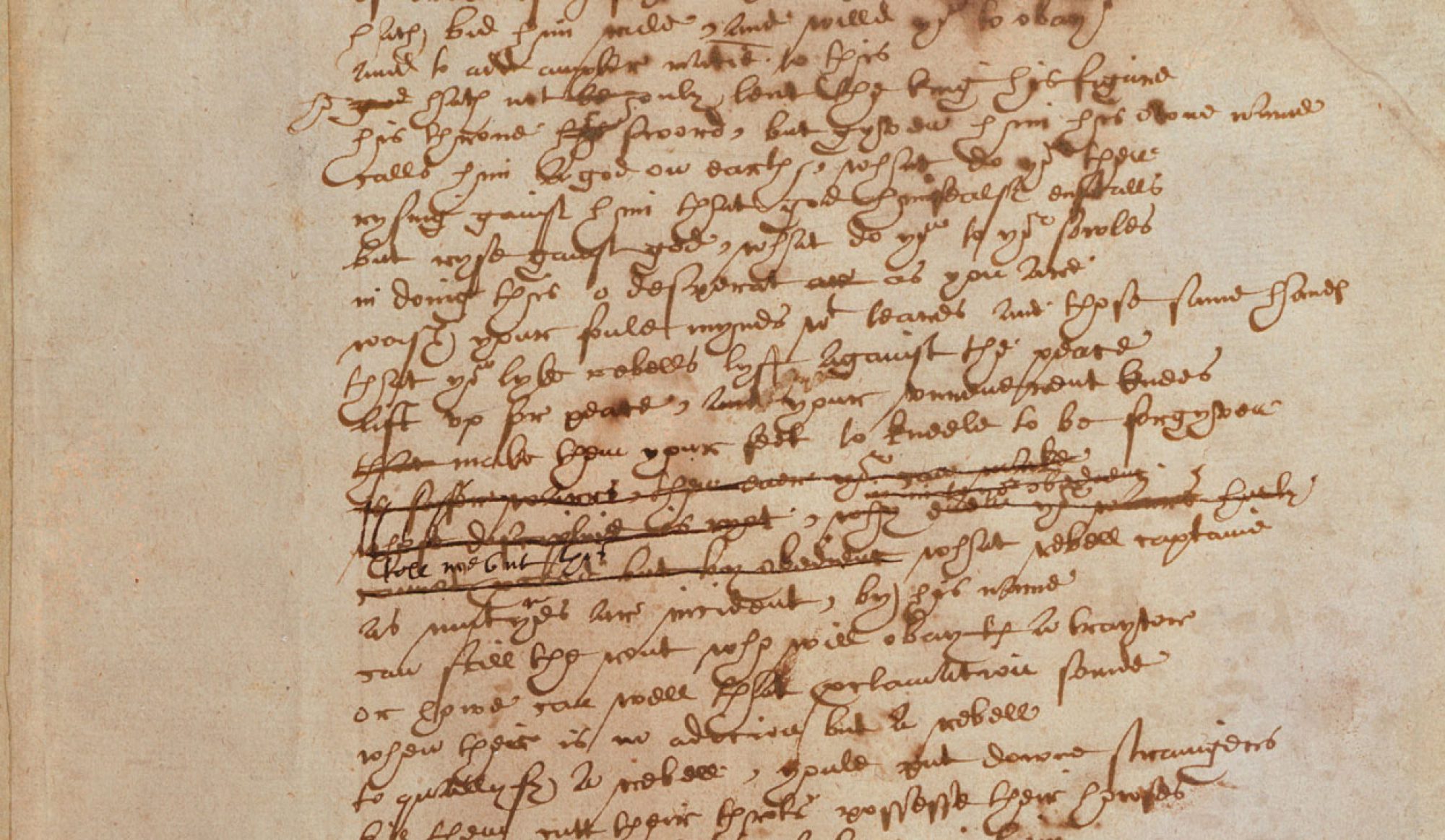Texts: the most reliable modern-spelling texts of Shakespeare online are at Folger Digital Texts. Here is their version of A Midsummer Night’s Dream, stripped of speech tags, for easy cutting and pasting. Other contemporary texts are available at Early English Books Online (not all are digitized, but the number is growing all the time).
Concordance: the simplest of tools, a digital concordance will find all instances of a given word in given text. There is a good one for Shakespeare at Open Source Shakespeare.
Ngrams: the Early Modern Print Project at Washington University has some amazing tools for assessing word frequency in the period and swiftly surveying words in context across the full corpus of EEBO.
Visualizations: Voyant is a good tool for visualizing word frequency as well as rough distribution across a text. You paste the text that interests you into its search box to get started. You can’t do all that much with it, but you can see some basic things.
Wordhoard: a program developed by Martin Mueller at Northwestern to apply the techniques of linguistic corpus analysis to literary texts. The public site includes the works of Shakespeare, and they are tagged by morphological, lexical, prosodic, and narratological criteria (the last including, for example, whether the speaker is a woman or a man). It requires a little time to navigate, but it may provide the best combination of user-friendliness and versatility of the tools here. Worth spending some time with.
The Corpus Query Processor at Lancaster is a very powerful tool for searching texts by POS (part of speech) tags; this is the engine that Daniel Shore uses for his inquiries in “Shakespeare’s Constructicon” (see 117ff.). Among the texts already uploaded and available for use is Shakespeare’s First Folio, which you can find on the home page. If you click on the Folio link, you’ll get a search page, with a link for some basic instructions, “Simple query language syntax.” Also available as a corpus on the home page are the digitized texts of EEBO (Early English Books online), which provide a massive context for potential comparison.
Ubiqui-Ity: a resource at the University of Wisconsin-Madison that generates statistics and web-based tagged text views for your texts, using the DocuScope dictionary or your own rules. (Docuscope is the tool used by Witmore and Hope; it’s got lots of assumptions in it which perhaps we can discuss, if anybody gets interested.)
Dictionaries: the amazing Lexicons of Early Modern English (LEME) can give you some amazing context for particular words. And don’t neglect, of course, our old friend the OED.
